Composition and Principle of the Dynamic Plantar Pressure Distribution System
The dynamic plantar pressure distribution system is a high-tech device used to accurately measure and analyze plantar pressure changes during walking or standing. It is widely used in medical diagnosis, rehabilitation therapy, and sports science.
The system integrates hardware and software modules to achieve objective assessment of foot biomechanics.
I. System Components
The dynamic plantar pressure distribution system consists of the following core components:
Sensor Array: Serving as "nerve endings," it utilizes high-density flexible thin-film pressure sensors (such as grid-shaped tactile sensors) embedded in the walking board or insole to capture subtle pressure changes in various areas of the plantar in real time. The miniaturized sensor unit design (e.g., 5×7 mm) ensures high-precision pressure imaging.
Data Acquisition Subsystem: This includes a signal analog-to-digital conversion module and a high-speed communication interface (such as USB 2.0). It converts the analog sensor output signals into digital signals and transmits them to the processing device via a clock synchronization unit. The sampling rate is typically at least 200 Hz, supporting continuous, long-term data acquisition.
Analysis Software: Serving as the "intelligent brain," it processes collected data and generates visual charts (such as pressure distribution diagrams and gait cycle curves). Functions include real-time dynamic playback, center of gravity analysis, and pressure integral calculation. The software can also output arch width, arch type, and abnormal gait parameters.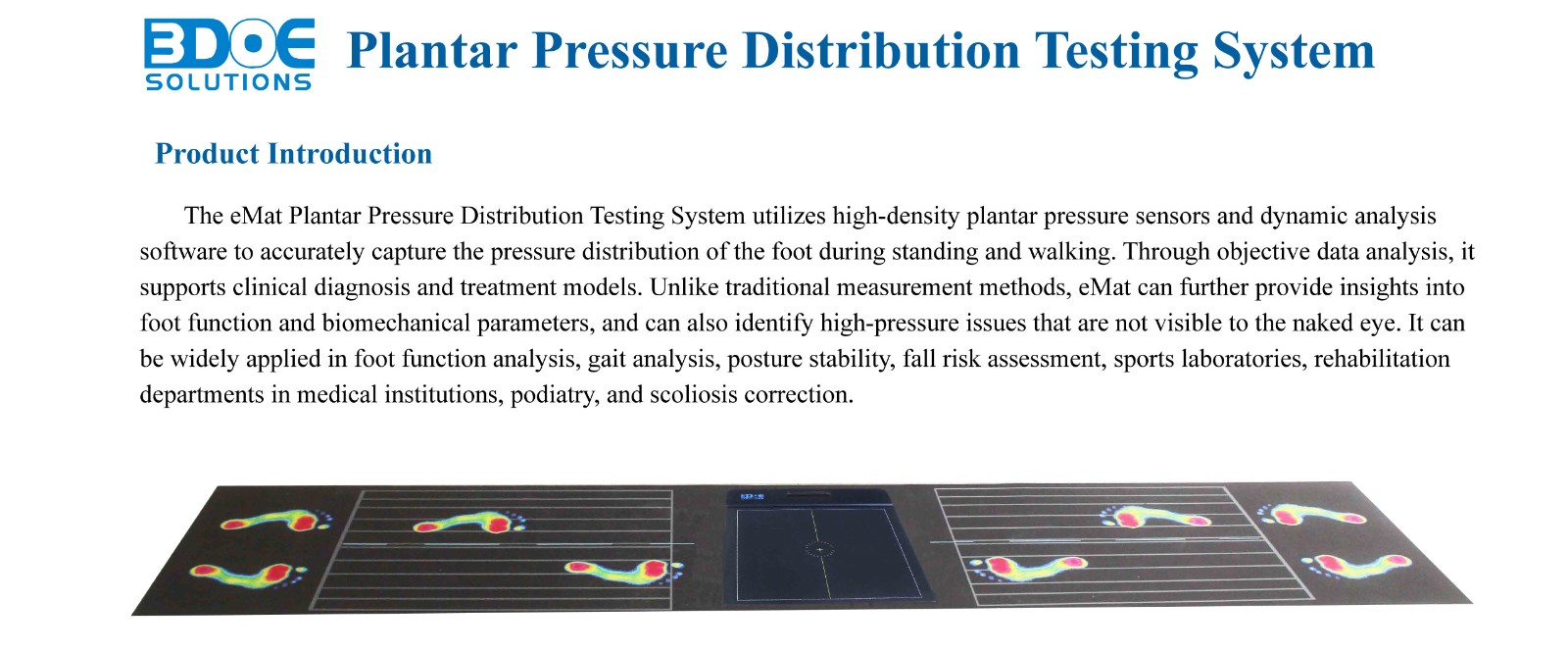
II. System Working Principle
The system operates based on a "sensing-transmission-analysis" process:
Pressure Measurement Phase: When a user stands or walks barefoot on the measurement board, a sensor array (such as thin-film pressure sensors) monitors changes in plantar pressure distribution in real time, capturing pressure values at key locations such as the arch, sole, and heel.
Data Processing Phase: The data acquisition module converts the raw signals using signal processing algorithms (such as center of gravity compensation and balance detection) to generate metrics such as plantar contact area, impulse, and pressure time series.
Result Generation Phase: After integrating the data, the analysis software performs 3D visualization and dynamic image capture, calculates parameters such as the gait cycle and stance phase time ratio, and outputs intuitive reports (such as pressure distribution heat maps or gait symmetry comparisons).
This system provides a scientific basis for early diagnosis of foot diseases (such as flat feet or diabetic foot) by quantifying foot pressure data.

 +86-0755-86131192
+86-0755-86131192 2025-08-07
2025-08-07 Back to list
Back to list
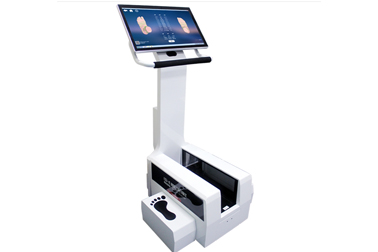
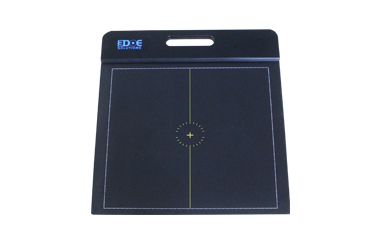
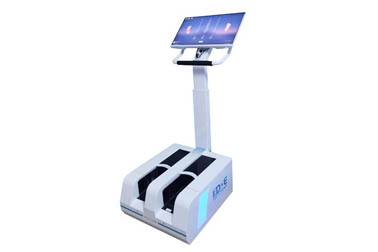
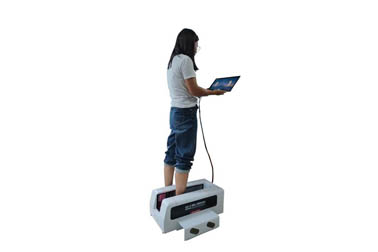



 +86-0755-86131192
+86-0755-86131192